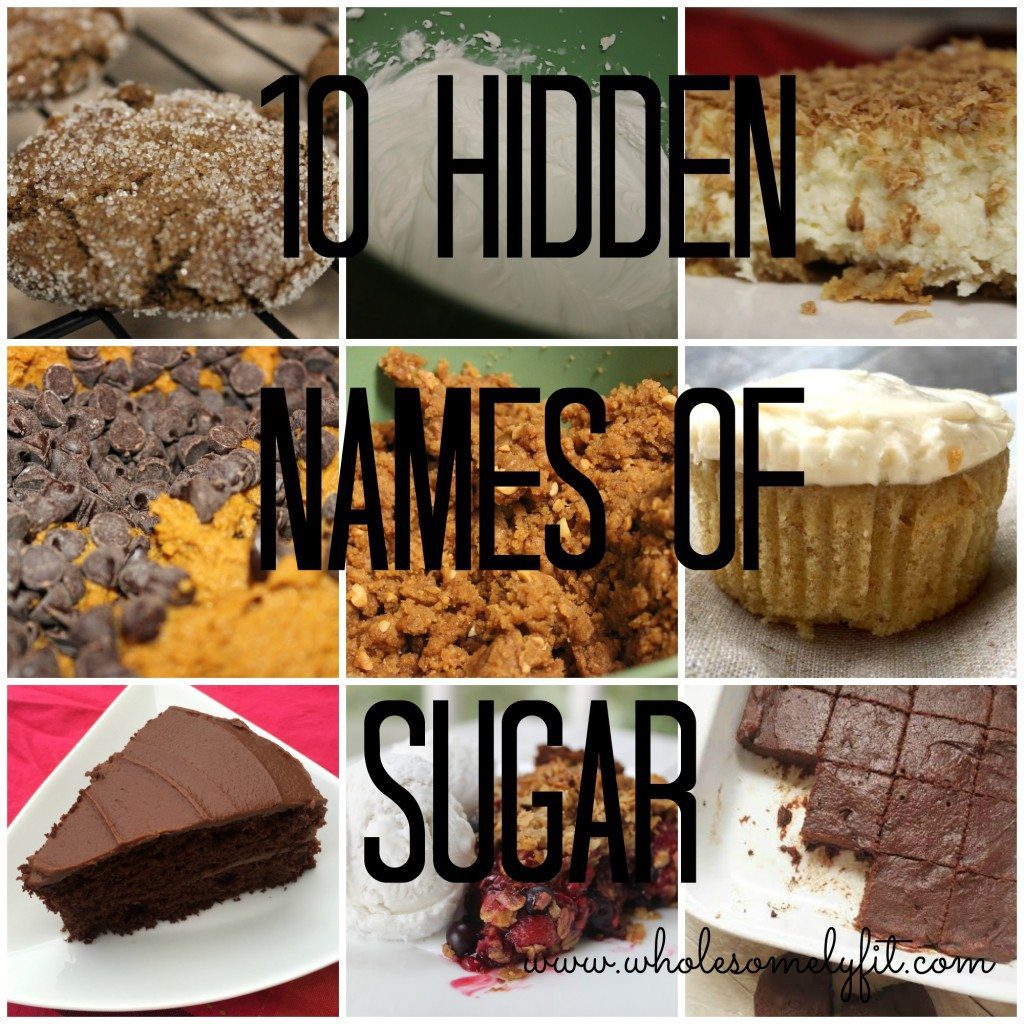It’s that time of year where treats are everywhere. They rest in gift baskets, at holiday parties, in our Christmas dinners, and in the stockings. Inside these treats is sugar galore.
I don’t think it’s bad to have a treat now and then, especially over the Christmas season. However, on average Americans are consuming far too much sugar on a daily basis. The average person in America consumes 140-170 pounds of sugar a year. That’s more than ALOT of sugar!! 4 grams of sugar equals about 1 teaspoon. This helps me put into perspective how much sugar is in a food product or drink, and most times helps me decide if I really think it’s necessary.
We are only supposed to consume 25 grams of sugar daily for women and 37 grams daily for men, which is already so much higher than the average intake hundreds of years ago. The average intake of sugar was only 4 pounds per year less than a hundred years ago. We’ve reached outrageous amounts of sugar consumption.
Even though the recommended daily amount is 25-37 grams, I suggest eating very little sugar, which means reading ingredient labels is a must. Sugar lurks in many processed foods and drinks. And it’s not just listed as “sugar.” There are many names for sugar used on food labels. And even those foods we think are healthy are actually sugar laden, i.e. yogurt & milks.
Be leery of foods that are “fat free” or “low calorie,” as these foods tend to be higher in sugar. You have to compensate somewhere to mask any bad flavors, thus sugar is added to give it a better taste. Sorry to burst your “fat free” bubble, but those foods aren’t healthy just because they are “fat free” or “low calorie”.
Some of these names may be a surprise to you, and others you may have already known were another name for sugar or sound familiar. Some food products are basically sugar, sugar, and more sugar. So before you pick up that box of crackers, cereal, or granola bars, check the ingredient label. It even hides in yogurts, breads, dressings and energy bars. If sugar and/or any of it’s other names is listed in the top 3 ingredients, don’t buy it, ditch it. Ingredients are listed in order of what is found most in the product.
- Barley Malt – A unrefined sweetener made from malted barley, dark brown in color and sticky. You can find this in frozen breakfasts such as pancakes, french toasts or waffles and breads.
- Dextrose – Made from corn, a simple sugar. Since corn is the one of the leading crops for genetically modified foods, it should be avoided. You’re not only eating sugar, but a possibly GMO contaminated product. Most commonly found in baking products and desserts.
- Maltodextrin -Derived from corn, potato starch or rice. Again corn is one of the largest GMO crops. Found in canned fruits, crackers, dressings, instant puddings and processed snacks. It has been shown to suppress healthy gut bacteria.
- High Fructose Corn Syrup – This is one sugar I avoid at all costs. It lurks in crackers, dressings, cookies, most packaged snacks and treats for kids, waffles, cereals, etc. It’s hard to find processed products without HFCS.
- Maltose – Also known as malt sugar and commonly found in cereal grains, hot chocolate, corn products, or potato products.
- Sorghum – A sweet grass with high sugar content. It’s cheap so it’s used in place of pricier sweeteners. Used to feed livestock and turned into ethanol. Also used for a substitute for wheat in gluten free cooking.
- Ethyl maltol – A confectionary sweetener used to mask harsh flavors and is commonly found in E-cigs. Helps make bitter or sour flavors sweet.
- Caramel – Used to flavor puddings and desserts. Basically it’s a mix of sugars heated to make a thick confectionary sweetener.
- Mannitol – A white sugar that tastes sweet like sucrose. Used as an alternative sweetener to those with diabetes or other conditions, as it’s low calorie alternative to sugar. Can cause diarrhea if consumed in to much quantity.
- Sorbitol – Another low calorie alternative to sugar, typically safe for those on weight watchers or who are diabetic. Also white and odorless. Can cause diarrhea, bloating and gas.
Other more obvious names for sugar include: golden sugar, raw sugar, honey, molasses, turbinado sugar, sucrose, glucose, beet sguar, date sugar, carob syrup and brown sugar. All SUGAR!! It has 60+ other names.
10 Hidden Names of Sugar, check the labels before you make your purchases via @wholesomelybry #sugar #healthytips Share on XThese added sugars are like poison to our bones and bodies. Sugar is toxic, as it creates an acid environment in our body feeding bad bacteria, causing yeast overgrowths which leads to candida production, and promotes inflammation. It can contribute to many diseases.
Next time you’re buying packaged foods, I urge you to check the label. See how many hidden forms of sugar is actually in the product. Sugar has many other names than the ones I just mentioned. Sugar is cheap and easy to produce, so it’s a filler in lots of product, and often times more than one type of sugar is lurking in processed foods. Just because “sugar” isn’t listed on the label, doesn’t mean it’s not hidden somewhere.
Don’t stress this holiday season over sugar. Enjoy the holidays, in moderation, but do begin to detox your life from sugar. A sugar detox may be a great way to start the New Year.
Until next Time Be Whole and Be Fit
Do you know some other names for sugar? Have you ever done a sugar detox?


This is so useful Bry. I’ve needed this with me many times when mingling up and down the isles of the grocery.
Glad it can help Lisa!! Miss you